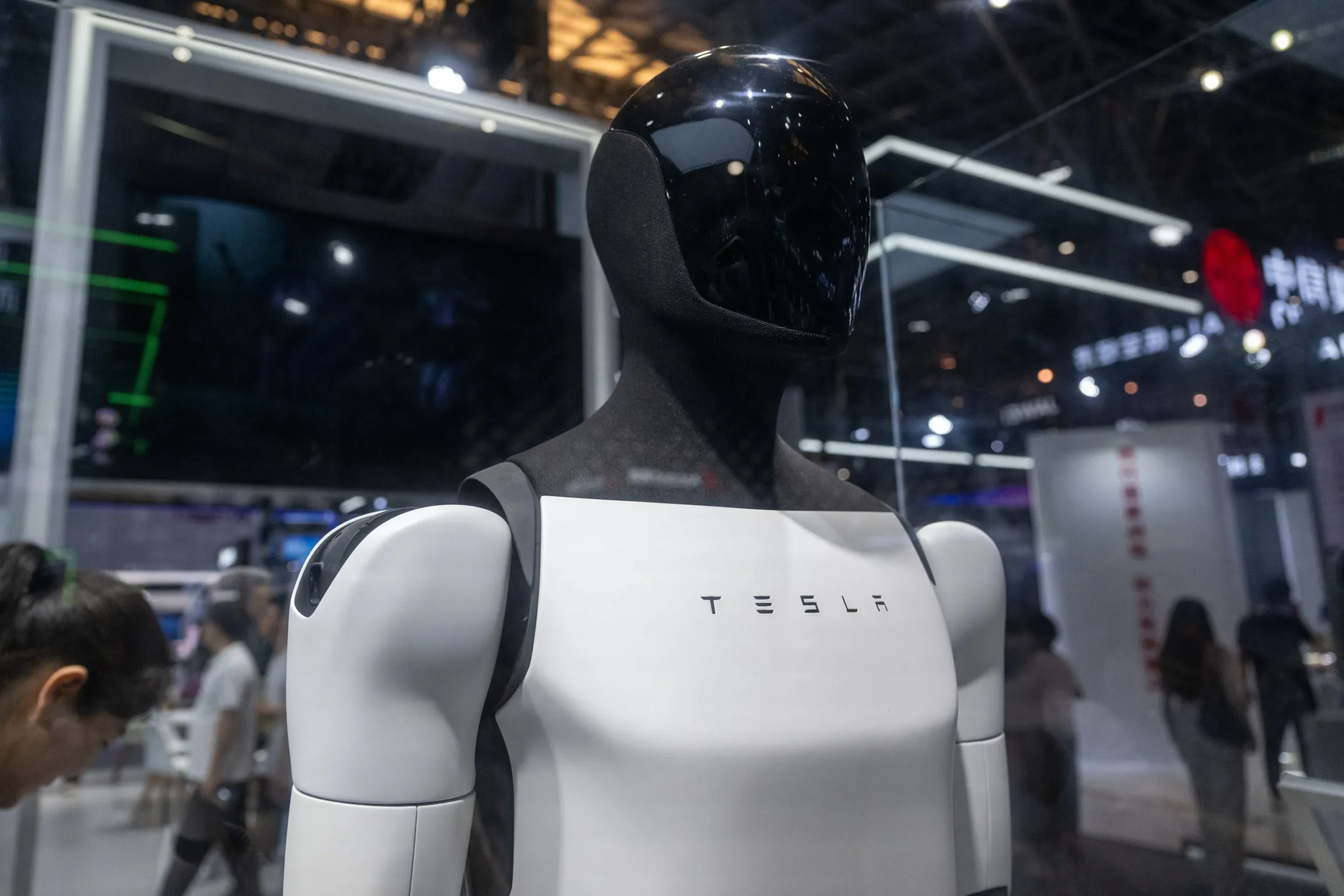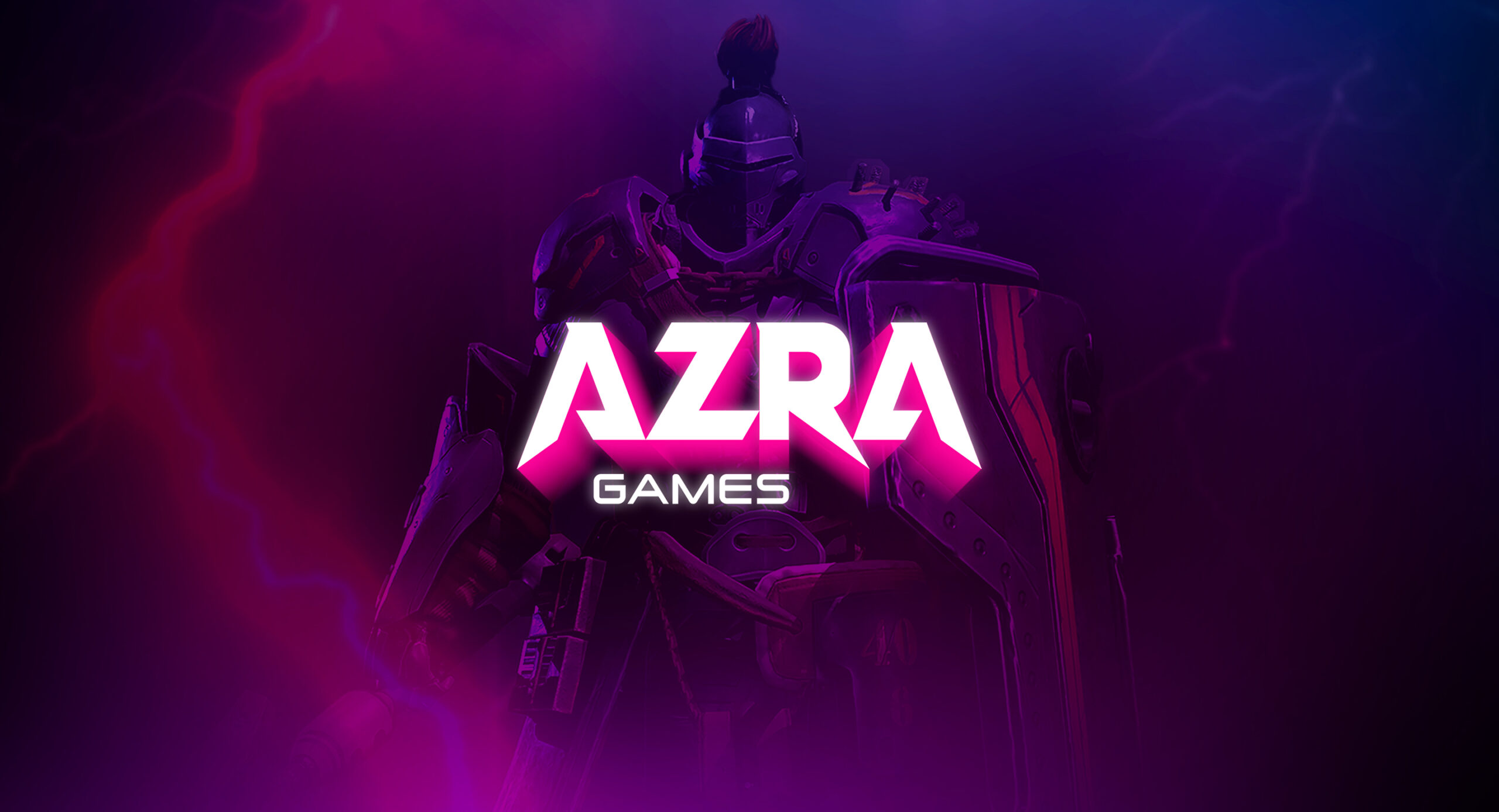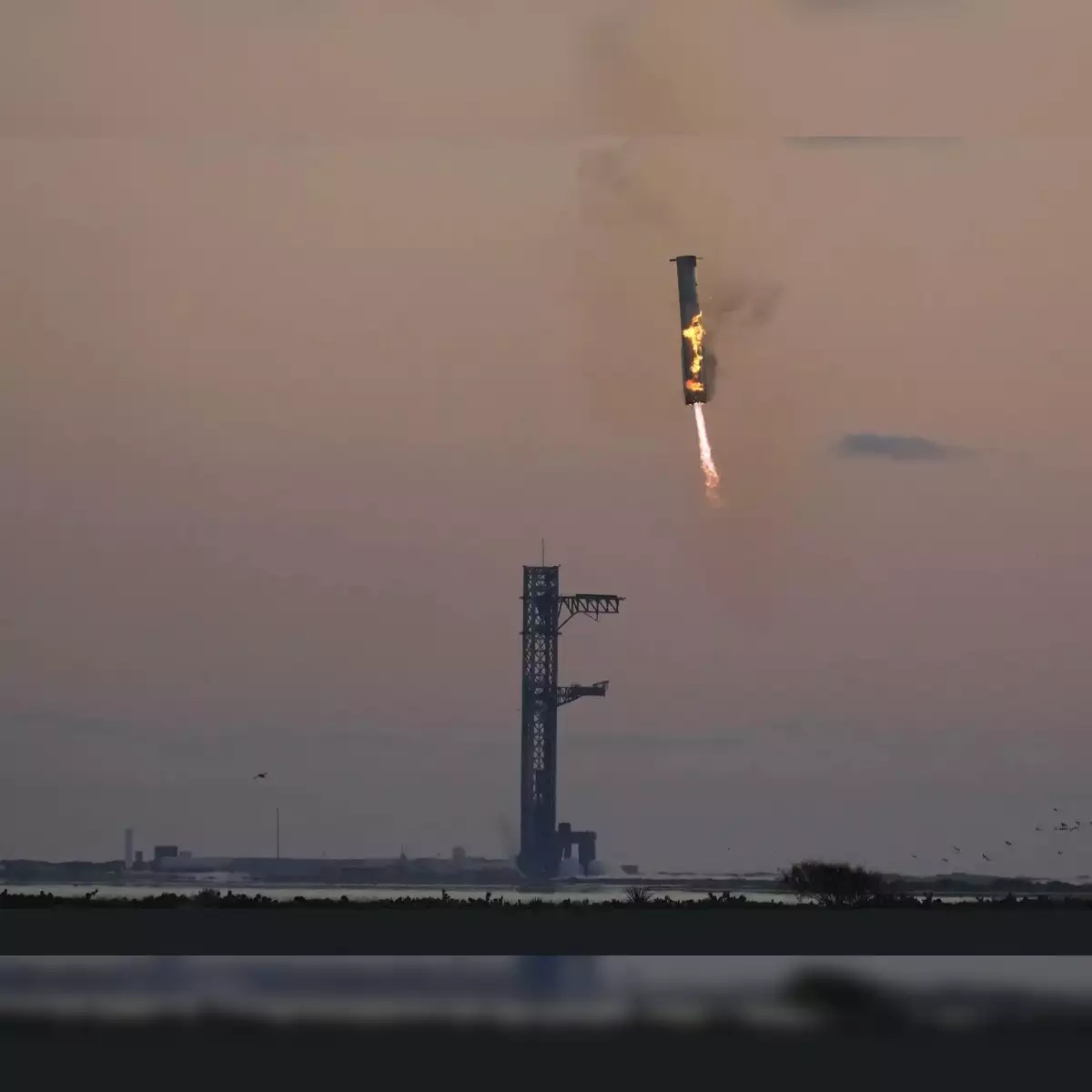In the fast-paced world of artificial intelligence, OpenAI has emerged as a frontrunner, pushing the boundaries of what’s possible with AI. Founded in 2015 with a mission to ensure that artificial general intelligence benefits all of humanity, the company has made significant strides in developing cutting-edge AI models like GPT-3 and DALL-E 2. However, this rapid growth and innovation come at a steep cost. OpenAI is burning through vast sums of money, raising questions about the sustainability of its business model and the future of AI development.
The Cost of Innovation
OpenAI’s groundbreaking AI models require massive computational resources and a team of top-tier researchers and engineers. Training these models involves processing enormous amounts of data, which translates to hefty cloud computing bills. Additionally, attracting and retaining top talent in the highly competitive AI field demands substantial salaries and benefits.
Recent reports suggest that OpenAI is spending a staggering $700,000 per day to keep its operations running. While the company has secured significant funding from investors like Microsoft, this level of expenditure raises concerns about its long-term financial viability.
The Balancing Act
OpenAI faces a delicate balancing act between its mission to advance AI for the benefit of humanity and the need to generate revenue to sustain its operations. The company has adopted a hybrid approach, offering both open-source and commercial products. While open-source initiatives contribute to the democratization of AI, they don’t generate direct revenue. On the other hand, commercial products like the GPT-3 API offer a potential source of income but also raise concerns about accessibility and the potential for misuse.
The Road Ahead
OpenAI’s future hinges on its ability to navigate the complex landscape of AI development. The company must continue to innovate and push the boundaries of AI while also finding ways to generate sustainable revenue. This may involve exploring new business models, expanding its product offerings, or securing additional funding.
The challenges faced by OpenAI highlight the broader issues surrounding the development of AI. As AI models become increasingly complex and computationally demanding, the cost of innovation is likely to rise. This raises questions about who will have access to these powerful tools and how they will be used.
OpenAI’s journey is a testament to the immense potential and challenges of AI development. As the company continues to push the boundaries of what’s possible, it must also find ways to ensure its long-term sustainability. The future of AI depends on it.



















